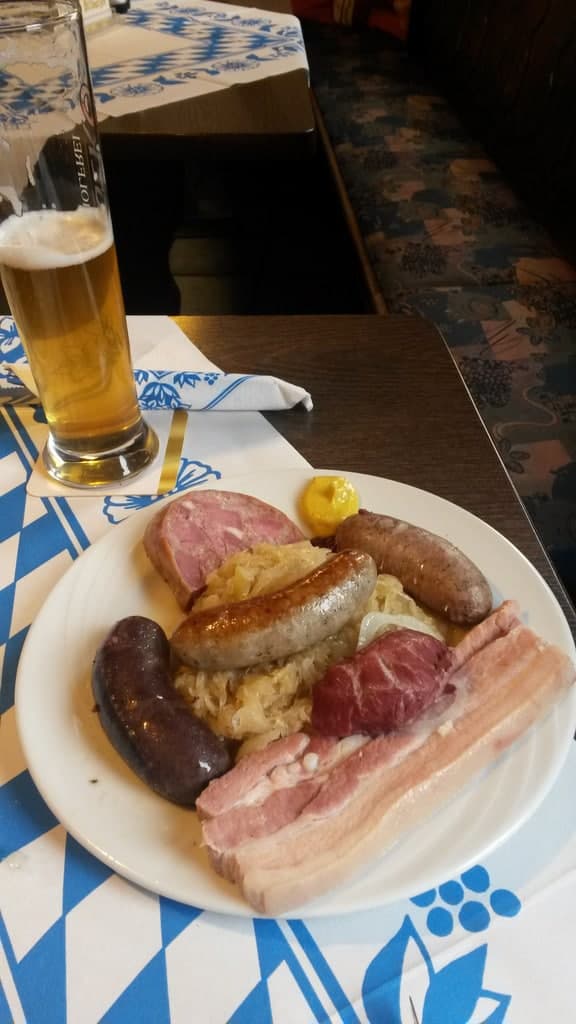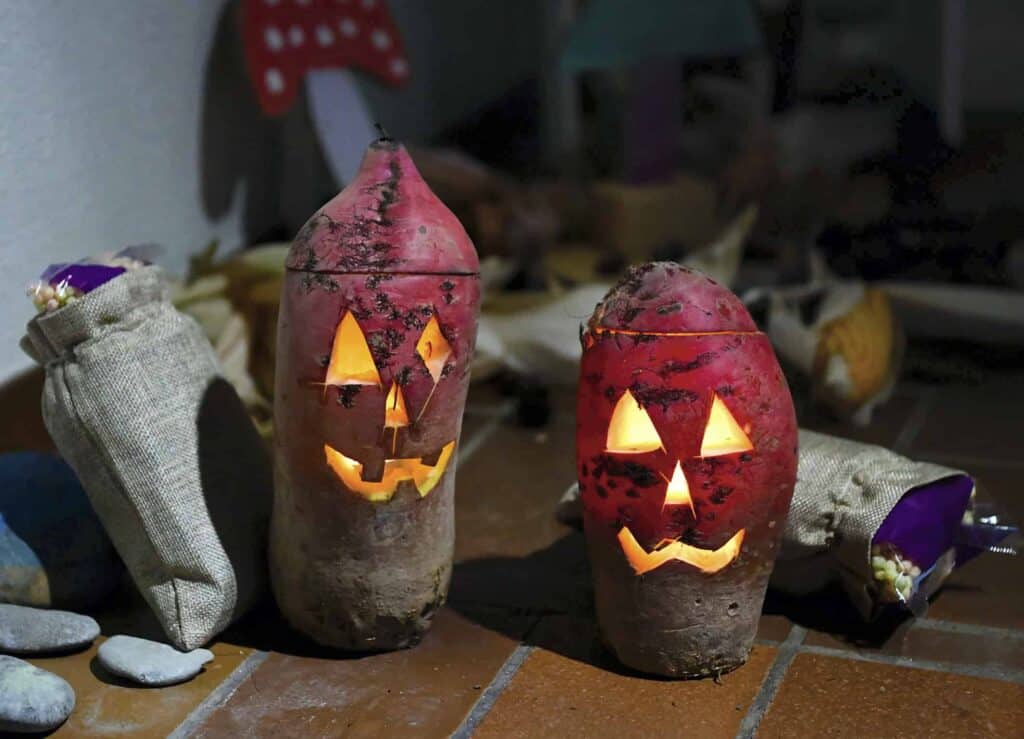Celebrating fall traditions in Germany and in Canada


Fall is here! One can feel it in the change of light as the days are getting shorter. A few weeks ago, Germans were sweating while it was 40 degrees during the day. A sign of climate change? Definitely. What will not change are some of the fall traditions that are coming up.
Celebrating Thanksgiving and Erntedankfest
In Canada, one of the main harvest traditions is Thanksgiving, the statutory holiday (on the second Monday of October) when Canadians share a big meal with family and give thanks for the harvest bounty. Turkey is the traditional dish at Thanksgiving, with delicious side dishes such as pumpkin pie and cranberry sauce.
In Germany, Thanksgiving is called Erntedankfest and is celebrated on the first Sunday in October. The celebrations take place mostly in churches with fresh vegetables and fruit and as flowers and berries on display on their altars. People give thanks and praise to God for the harvest. There is no turkey dinner, but another traditional dish to celebrate with at a feast: associations and local clubs invite their members and people of the villages to eat Schlachtplatte (warm liver-and-blood sausage often freshly made by a local butcher), along with mashed potatoes and sauerkraut. People gather to eat while they listen to the local brass bands.
Celebrating Schlachtplatte is a local tradition in Southern Germany. But more popular is Oktoberfest, in Munich, which is known all over the world. Oktoberfest is held over a two-week period and ends on the first Sunday in October. Over six million people visit Oktoberfest during this time, coming from all over the world, and in 2019, 7.3 million litres of beer were drunk, in total, at the Oktoberfest, according to the newspaper Augsburger Allgemeine. The beer is sold in one-litre glasses and costs between 12 to 14 Euro, the equivalent of between 17 to 19 Canadian dollars. The festival originated on October 12, 1810, in celebration of the marriage of the Crown Prince, Ludwig I of Bavaria, to Therese Charlotte Luise von Sachsen-Hildburghausen. The festival, with its celebrations, was held for five days, with a horse race. The following year, the horse race took place again with a fair. Bavarians continue these celebrations every year.
In Canada, the Kitchener-Waterloo Oktoberfest has been celebrated for 55 years now. There, the Bavarian tradition continues. It’s not known how many litres of beer are consumed there (probably not 7.3 million litres).
Fermenting cabbage
Fall is the season to harvest cabbage in its many variations: blue or red, white or pointed. And sauerkraut contains vitamin C, which helps bring people through hard, cold winters. The cabbage is fermented and stored in barrels.
Food plays an important role in the traditions that have been brought to Canada by German immigrants. I remember a friend of mine desperately searching for sour cabbage in the supermarket in Whitehorse, to prepare the traditional Polish cabbage rolls of her Eastern European ancestors (sour cabbage is a whole cabbage head that has been marinated and fermented). When she couldn’t find any, she would marinate cabbage leaves for two days.
Picking, storing and preserving
Picking, storing and preserving vegetables, by freezing, fermenting, canning, preserving and pickling them, is also a tradition and task during harvest season. Some people make pickled beets and green-tomato relish, every fall, following old family recipes. In Germany, it’s apple season: they not only make a good pie, but people create Most, a kind of cider that one can make from apples. About 2,000 varieties of apples grow in Germany. Some apple trees are forgotten, growing close to a street. That’s why in some areas Germans have started a campaign where people are asked to pick the apples and use them or bring them to wineries, to make juice out of them.
Carving pumpkins
Carving pumpkins is fun, but have you ever tried to carve beets? That’s a tradition in Southern Germany, too. Carving beets (Rübengeister) was popular before people started carving pumpkins. It’s not exactly known from where this tradition has its roots. It’s said that poor children were carving beets, putting lights inside of them and then walking from house to house, in the fall, to beg for food. Today, some people are going back to the roots of this tradition and are carving beets instead of pumpkins.
Harvesting wild meat, berries and mushrooms
For Yukoners, fall is a time to harvest wild meat, and people traditionally go bison hunting on the first day that the season opens (September 1). It’s also a time to pick berries and mushrooms, which Germans like to do, as well (if they are not busy drinking beer at Oktoberfest).




